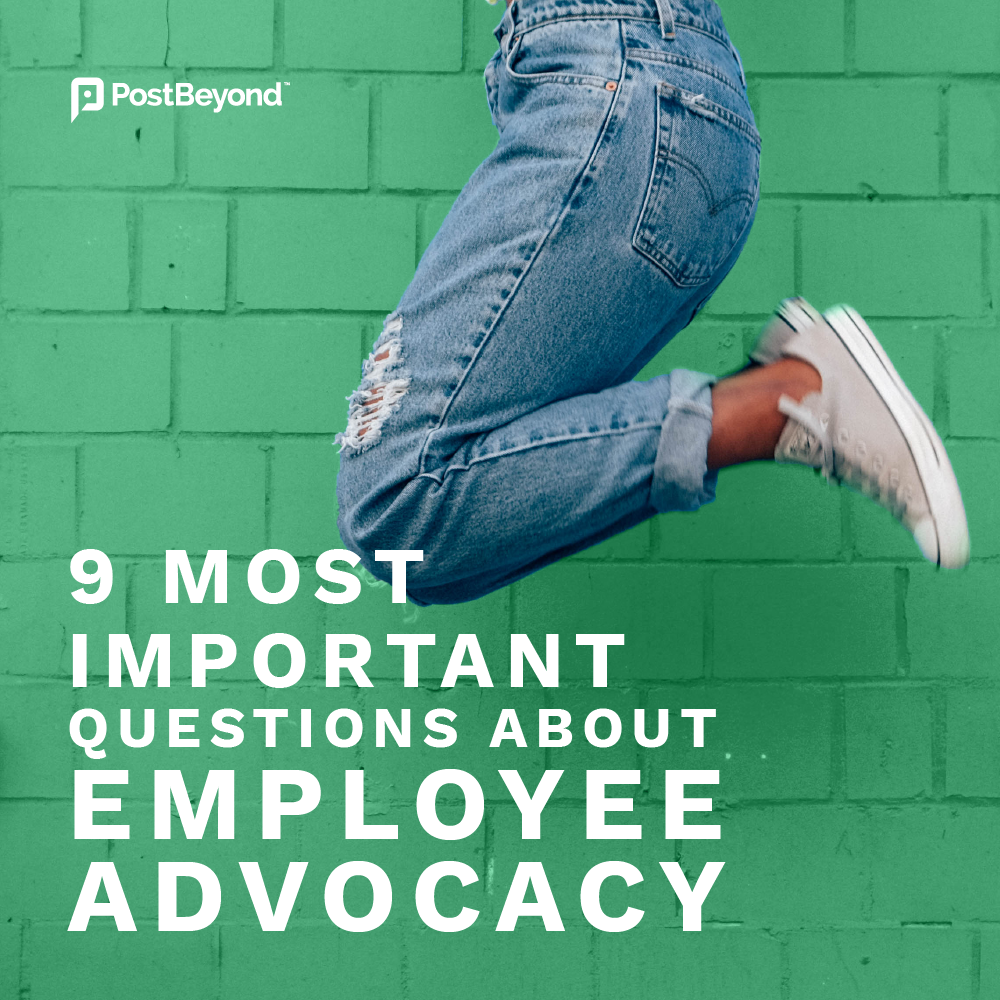Isn’t it great when a single department is working hard toward the same goals? Isn’t even better when they achieve those goals? But let’s think about this for a second: does your IT team celebrate when marketing generates 23% more leads than expected? Likely not. In fact, it’s probable that the IT team wasn’t even aware of the original goal, no less the small win.
At the enterprise level, it’s extremely difficult to get everyone on the same page. But that’s to be expected! When you have over 500 employees in different continents and time zones, it’s hard to have weekly Skype meetings to make sure everyone is aware of departmental goals.
That said, this is how business units become siloed. That’s why some employees adopt the “it’s not my job” attitude.
What can be done about this? How can you prevent a siloed enterprise?
The answer, we believe, is to create a culture of content.
Altimeter Group defines a culture of content as:
A culture [that] exists when the importance of content is evangelized enterprise-wide, content is shared and made accessible, creation and creativity are encouraged, and content flows up and downstream, as well as across various divisions.
Seems easy enough. Just create a policy that states if employees have anything they’d like to share, they can send it to their manager for approval. Right?
…Not quite.
Creating a Culture of Content
We believe that in order for a culture of content to exist, there needs to be a centralized knowledge base for employees to contribute to and draw from. This encourages employees of every level to share their thoughts, and encourages other employees to learn. If everyone is drawing from the same knowledge library, then everyone has the same opportunity to become a thought leader.
But It’s less about the availability of content and more about the attitude toward it. It isn’t really enough to tell employees that they can share ideas – you have to empower them to do so.
Keep Your Audience in Mind
The key to empowering your employees to share is to make it relevant to their interests as employees. (We have a few suggestions for how to create a strong content strategy. Feel free to check that out here.)
First and foremost, everyone should be on the same page with your organizational mission and goals. Yes, their department has goals and targets that need to be met, but they should also be clear on how these targets are helping the broader mission.
The idea of a single, shared purpose, mission, or goal is paramount to empowering a culture of content because it serves as the baseline of understanding. Establishing a common vision is a critical first step to developing a content strategy and is typically most effective when generated, embodied, and exemplified by leadership.
-Altimeter Group
Some of our goals at PostBeyond include educating our networks on employee advocacy solutions, providing amazing support to our customers, and helping enterprises complete a digital transformation.
Every one of our employees, whether they’re on the sales team, the programming team, or marketing team, are all in line with the above goals, so sharing content that reflects our goals isn’t that big of an ask.
Building Thought Leadership
If our PostBeyond content was centred entirely around sales techniques or the latest design trends, it’s unlikely that our marketing team would feel compelled to share it.
But does that mean that our design team or sales team shouldn’t share content relevant to their skill?
Nope! Not even close.
That, my friends, is the power of the Suggest Content tool. It empowers employees of every business unit to share content they find interesting.
Our designer, Min, shares awesome content about UX Design. She suggests this content to our program manager (administrator), who sees it in the PostBeyond dashboard. The program manager can then approve or deny the content suggestion depending on how relevant it is.
If it’s a really deep dive into UX, it may only be relevant to a design team. That doesn’t mean the program manager will reject the content, though! The program manager may choose instead to make that content available only in the Design Group in PostBeyond. This way, all of the design team can share that piece of content and build their own thought leadership.
If, let’s say, it’s an article on how important design is to marketing campaigns, the program manager may make that available to the entire team.
What This Means for Your Enterprise
We know that the enterprise world is changing. Siloed enterprises can’t succeed in a landscape that’s rapidly shifting toward lateral and holistic communication.
Encouraging employees to share not only encourages personal brand development, but also encourages continuous learning and professional development for your employees. This creates an employee base that is eager, adept, and thoughtful to represent your enterprise.
As communications shift from interruptive and obtrusive forms of push messaging (advertising) to softer pull strategies that are more marketing-oriented (owned and earned media), brands will require appropriate, relevant, authoritative, and timely content. Such a need can no longer be the purview of marketing alone; it requires participation across the enterprise and an evolution toward a culture of content.
-Altimeter Group
If your enterprise decides to wait on creating and sharing content that’s accessible to all employees, you risk being left in the dust during 2016.
For more info on the importance of content and employee advocacy solutions, check out our webinar with Neal Schaffer and Oracle Social Cloud.
 Are your employees empowered to share content? What is their motivation to share? Let us know in the comments!
Are your employees empowered to share content? What is their motivation to share? Let us know in the comments!




